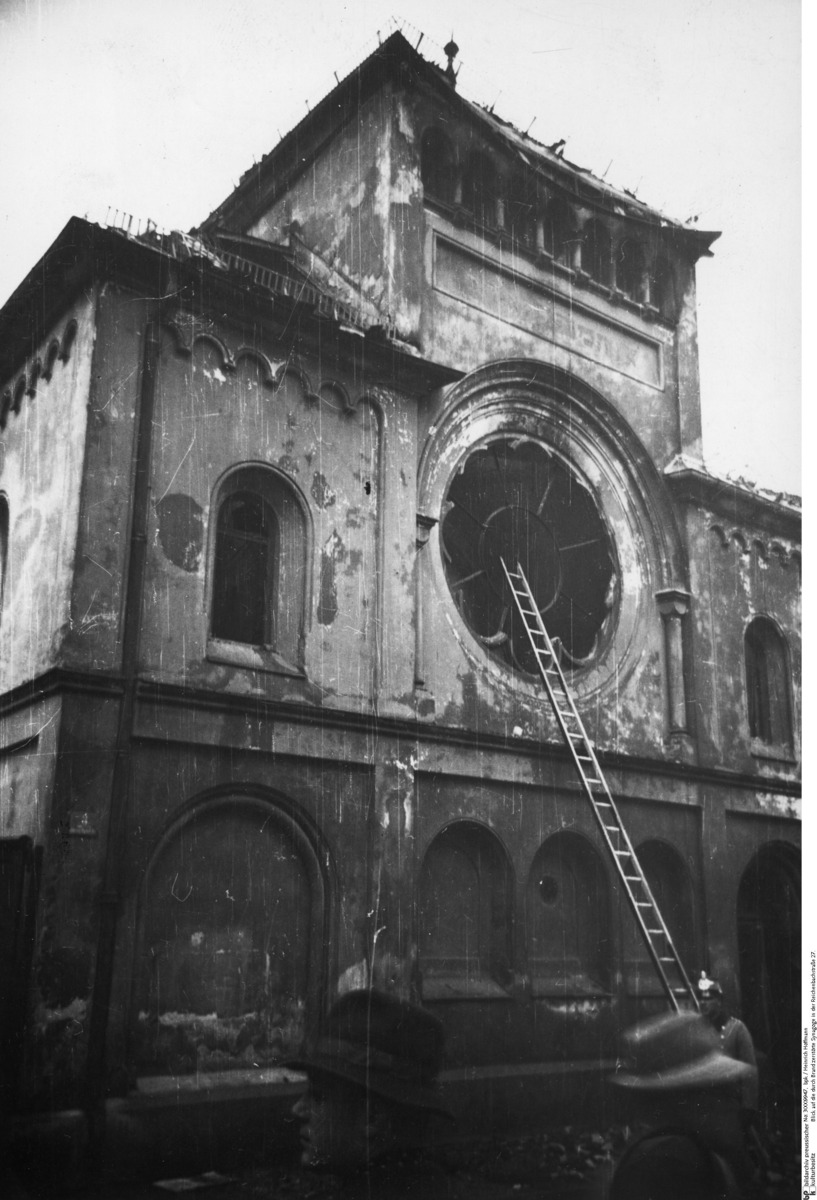Abstract
More than 1,000 Jewish community buildings, places of worship, and
synagogues were destroyed in the
Kristallnacht pogrom. After November
10, 1938, it was virtually impossible for Jews to hold public religious
services in Germany. The Nazi leadership’s main goal, however, was not
to stop the practice of the Jewish religion but to exclude Jews from
economic and cultural life in Germany once and for all. Hitler charged
Göring, in his role as Plenipotentiary for the Four-Year Plan, with
taking the relevant steps toward this goal. On November 12, 1938, Göring
organized a conference of more than hundred representatives of the
economy, the party, and the government. There, it was decided that
German Jews should pay for all of the damages incurred during
Kristallnacht. This amounted to an
“atonement fee” of a billion Reichsmarks. All Jewish taxpayers were
required to give back a fifth of their income until August of the
following year. The money was payable in quarterly installments. In the
end, this scheme brought in 1.127 billion Reichsmarks for the Nazi
regime. Additionally, the total amount paid by insurance companies—225
million Reichsmarks—was confiscated by the state. Photo by Heinrich
Hoffmann.
